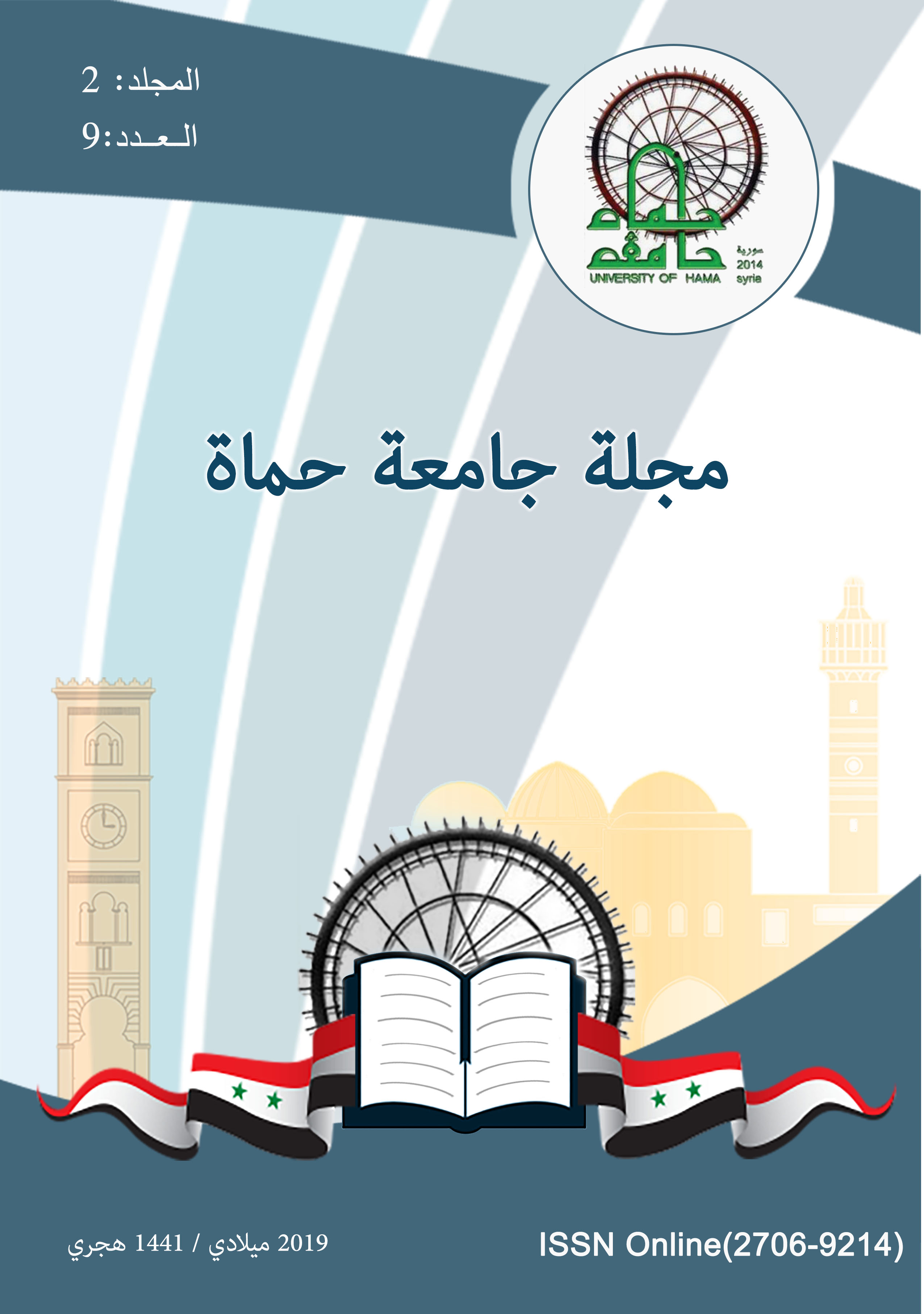Dental and Mental Trauma in Children: Is Post-Traumatic Stress Disorder a Risk Factor for Traumatic Dental Injuries?
الملخص
Traumatic dental injuries (TDIs) are a serious dental health problem affecting children and need special attention. Post-Traumatic Stress Disorder (PTSD) is also a serious mental health problem affecting children in wartimes.To investigate the prevalence and some risk factors of TDIs in children with PTSD and compare results with healthy peers. The study included 118 children with PTSD (study group) and 121 healthy children (control group). All children were living in Temporary Accommodation Centers (TACs) with their families or guardians. Participated children in both groups were in the 9–14 year age group. Information on socio-demographic characteristics of the respondents like age, gender, number of the family members and loss of one or both of parents during the crisis were collected. The clinical examination was carried out to evaluate the presence or absence of TDI. Chi-square Test and Multinominal logistic regression (Odds Ratio) were carried out to for data analysis.
Results: A total of 239 children participated in the current study. The study group included 118 children diagnosed with PTSD (girls=63.6%, boys=36.4%), whilst the control group included 121 healthy children (girls=59.5%, boys=40.5%). PTSD children showed higher prevalence (p=0.000) of TDIs than healthy children with an (OR=17.45; CI=8.91-34.17). Logistic regression analysis showed that there was a significantly higher tendency for PTSD children aged between 9-10 years old (OR=5.64; CI=2.11-15.06; p=0.000), from a large family (OR=3.34; CI=1.31-8.51; p=0.011) and who lost one or two parents during the crisis (OR=2.76; CI= 1.21-6.28; p=0.015) to develop injuries. Moreover, PTSD girls had more tendency to develop TDI (OR=1.57; CI=0.69-3.56) with no significance reported between both genders (p=0.272). Adjusted Odds ratio showed that only age is directly connected to TDI in PTSD children (OR=3.64; CI= 0.50-4.40; p=0.020).
Conclusion: TDIs were more prevalent in children with PTSD. In PTSD children, age between 9-10 was the strongest risk predictor for having TDI. Effective policies need to be established in the aim of TDI prevention especially for PTSD younger children.


